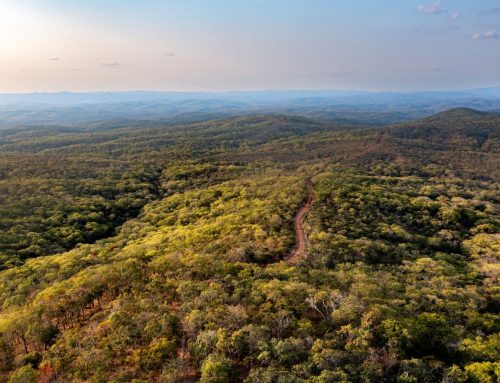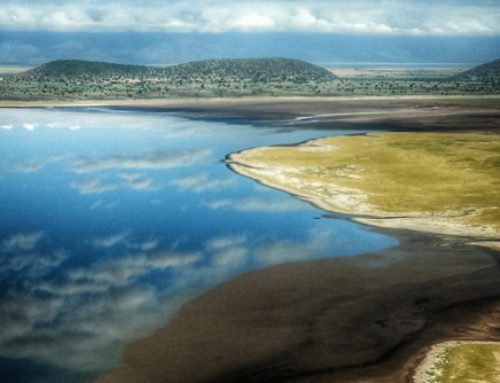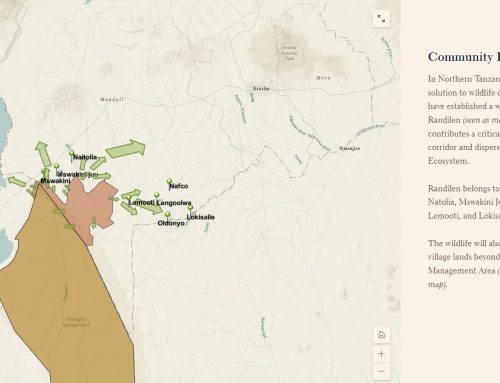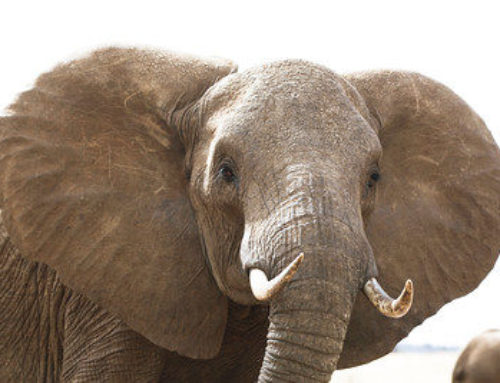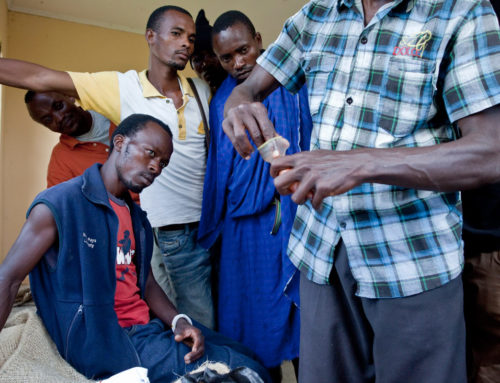He’s only four months old, but he already stands over three feet tall and weighs nearly 100 kilograms. He also has a set of conical pre-adolescent horns jutting out from behind his forehead and a series of dashing white stripes down the side of his body. Lomunyack happens to be a young orphaned eland.
Now meet his older brother, Olalashey. With a shaggy white and brown coat, Olalashey has reached maturity after just a year on the plains, and his younger sibling already towers over him. That’s because this big brother takes the form of a sheep.
How did this bizarre brotherly duo come together? It all started with a lioness and a pride. But we’ll get to that after a little back story.
Lomunyack and Olalashey reside at the home of Richard Bonham, the director of Big Life Foundation in Kenya. Bonham’s rustic spread sits above the base of the Chyulu Hills in the greater Amboseli-West Kilimanjaro ecosystem. As a rising community-based conservation outfit, Big Life leads some 240 local wildlife scouts to protect Amboseli’s famed elephants and wild animals when they roam among the five Maasai group ranches outside of the park, which happens about 70% of the time. On the Tanzanian side of the border, Big Life partners with and supports Honeyguide Foundation.
Living in the Chyulus has its drawbacks and bonuses. For example, when it comes to pets, the Bonhams have lost three dogs to predators over the years. But they have also gained a few orphans and other wild young ones, including a spotted hyena who, after returning the wilderness, still came back to visit them. Now they have Lomunyack.
Some time before the Christmas of 2013, a lioness took down Lomunyack’s mother and enjoyed her innards and everything but the jackal and vulture pickings for a pre-holiday feast. Somehow, the one-month-old antelope survived and later came into the hands of a Maasai warrior while he was out grazing his family’s herds. Then the warrior called a wildlife scout who called Bonham. Thus, the baby eland soon met his adoptive brother.
Local Maasai around Bonham’s home took to calling the orphan, Lomunyack, which means roughly “good fortune” in Maa. Soon thereafter the lucky little guy found an amiable companion in a one-year-old sheep, who earned the affectionate handle of Olalashey, meaning “brother.”
A few months later and now you never see Lomunyack and Olalashey apart. They spend all day together grazing over the lush grasses around Bonham’s home and all night cuddling side by side in a cattle stall to stay warm in the cool hill country.
Bonham figures that despite the strong imprinted bond, Lomunyack will eventually hear the call of the wild and wander out to the greater savannah to join a herd of fellow 700-kilogram behemoth antelopes. Bonham figures that despite the strong imprinted bond, Lomunyack will eventually hear the call of the wild and wander out to the greater savannah to join a herd of fellow 700-kilogram behemoth antelopes.
Next month, Bonham will introduce Lomunyak to a herd of cattle among his Maasai neighbors, with the hope that, while grazing out in the savannah, he might spot a herd of fellow eland, have an epiphany about his lost identity, and join them. Local wildlife wardens allowed Bonham to hold on to the eland on the condition that he be given every opportunity to join a wild herd
But, in the wild, as he grows into a bull, maybe Lomunyack will wistfully pine for the days when he slept beside Olalashey in the cattle stall.
Who knows? Maybe Lomunyack will have the misfortune of one day coming face to face with the big cats who slain his mother. Will Lomunayck live up to his name, use those proud horns, and survive a lion attack once again?
Now wouldn’t that be a swell story.



